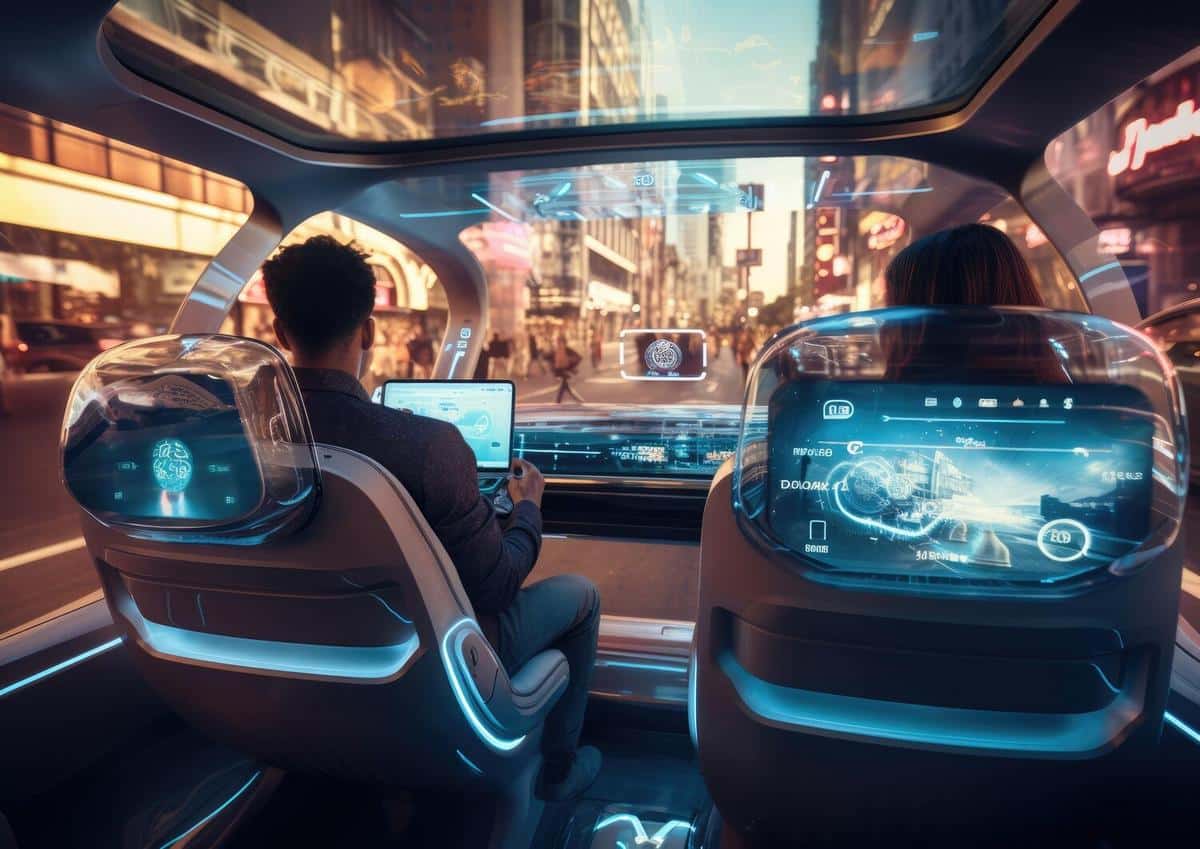
The Technology Behind Self-Driving Cars: An Inside Look
Imagine cruising down the highway, your car effortlessly adjusting speed and steering through traffic, all while you sit back and enjoy the ride. Welcome to the world of self-driving cars, a marvel of modern technology that promises to revolutionize the way we travel.
The Technology Behind Autonomous Vehicles
The self-driving car is not a single piece of technology but rather a combination of multiple advanced systems working in harmony. These vehicles rely on cutting-edge sensors, machine learning algorithms, and powerful processors to make real-time decisions on the road.
Key Components of Self-Driving Cars
- Sensors: These vehicles utilize a range of sensors, including LIDAR, radar, and cameras, to detect obstacles, road signs, and other vehicles. According to a report by McKinsey, LIDAR sensors provide high-resolution, 3D imaging, crucial for mapping the car’s surroundings.
- AI and Machine Learning: Sophisticated algorithms analyze data from sensors to predict the behavior of nearby objects. This technology is continuously learning, improving its accuracy over time.
- Advanced Processors: High-performance processors handle the massive amounts of data collected by the sensors, enabling the vehicle to make split-second decisions.
Expert Insights
According to a 2023 report by the World Economic Forum, autonomous vehicles could reduce traffic accidents by up to 90%, attributing this potential to the elimination of human error.
Real-World Applications
Consider the experience of Alex, who recently tested an autonomous vehicle in a pilot program. “It was incredible to see how the car navigated complex city intersections with ease,” Alex noted, highlighting the vehicle’s capability to handle real-world driving scenarios.
Actionable Tips for Enthusiasts
- Stay informed about local regulations and pilot programs for autonomous vehicles in your area.
- Consider exploring ride-sharing services that offer autonomous vehicle options for a firsthand experience.
Comparison Table: Traditional vs. Autonomous Vehicles
| Feature | Traditional Vehicles | Autonomous Vehicles |
|---|---|---|
| Driver Control | Human | AI System |
| Safety Features | Basic Sensors | Advanced Sensors |
| Navigation | Manual | Automated GPS |
| Fuel Efficiency | Varies | Optimized |
| Traffic Management | Driver-dependent | AI-optimized |
| Maintenance | Routine | Predictive |
| Parking | Manual | Automated |
| Accessibility | Limited | Enhanced for All |
Frequently Asked Questions
How do self-driving cars detect obstacles?
They use a combination of sensors like LIDAR, radar, and cameras to map their environment.
Are self-driving cars safe?
Studies suggest they could significantly reduce accidents by eliminating human error.
When will self-driving cars be widely available?
While some areas are already testing autonomous vehicles, widespread availability depends on regulatory approvals and technological advancements.
Conclusion
The technology behind self-driving cars is a testament to human ingenuity, blending advanced computing with real-world applications. As this technology continues to evolve, it holds the promise of safer, more efficient travel for everyone. Stay informed and explore opportunities to experience this technology firsthand, as the future of transportation unfolds before our eyes.